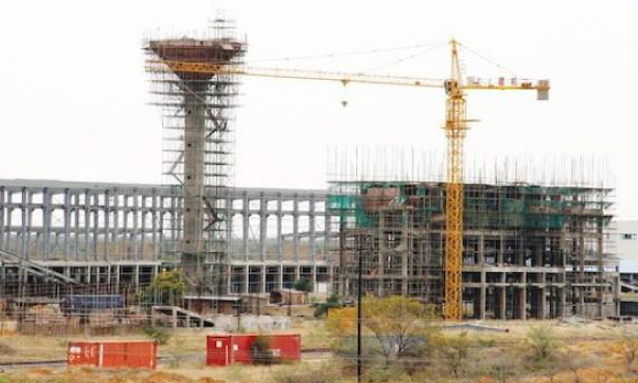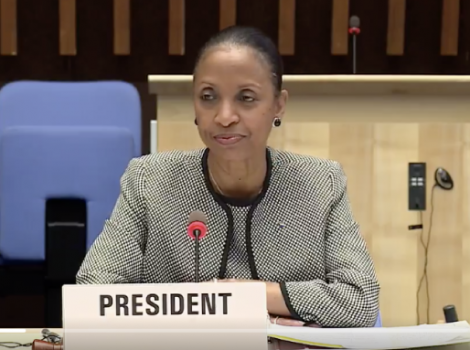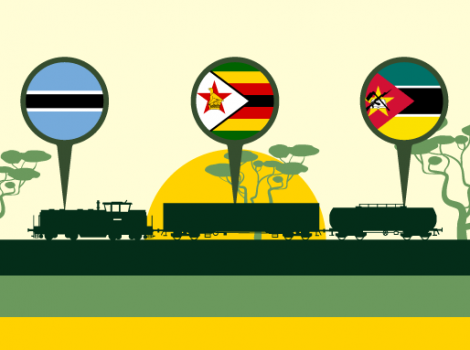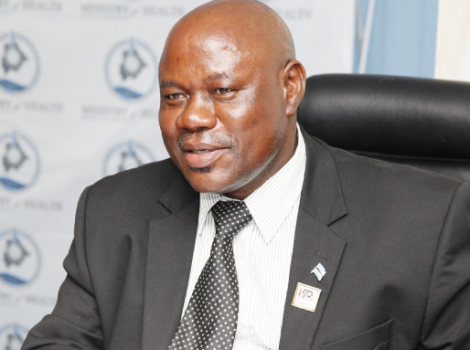
The ill-fated glass project which cost Botswana billions before going bust might be making a return as the government considers reviving the project.
According to the recently released Economic Recovery and Transformation Plan (ERTP), part of navigating the post-Covid-19 world and establishing a new economic order might result in the government revisiting the Fengyue glass manufacturing to determine whether resuscitating it could be viable.
The proposal to revisit the glass manufacturing plant will stun many given how the project failed dismally after the government’s investment arm, the Botswana Development Corporation (BDC) spent over P500 million on the venture. Conceived in 2007, the 410-tonne float plant in Palapye was constructed in 2010, before going bust a mere four years later. Just as the nation began picking its jaw from the floor after billions of pula were squandered on the failed project, the glass plant was liquidated and sold to BDC for a measly P48 million. The BDC attributed the project failure to time and budget overruns which rendered the project unviable. Despite allegations of corruption, no one was ever charged or held responsible over the botched project.
Now with the country scrambling to get the economy out of the doldrums, the government economic advisors – comprising the Finance and Economic Development Ministry, Bank of Botswana, the Ministry of Investment, Trade and Industry, the Botswana Institute for Development Policy Analysis (BIDPA) and the University of Botswana – have suggested that Botswana’s diamond dependent economy be transformed into a private sector-led one, with the country focusing on exports due to its narrow economic base.
The officials suggest that the BDC, in cooperation with the private sector, needs to promote large-scale firms to serve both the local and export markets. The government has also identified other projects including the leather park and MilkAfric Dairy projects in Lobatse, which have stalled for many years. In the draft economic recovery and transformation plan, the advisors say the BDC and Special Economic Zones Authority (SEZA) will need to evaluate the status of the quick-win projects and the financial requirements to help assess the feasibility of expediting their implementation.
“Many of the proposed projects in manufacturing and agriculture are in areas covered by the SEZ initiative. The implementation of SEZ’s is being done according to a timetable and sequencing determined by both the capacity of the SEZA to implement and the availability of funding,” read the ERTP document.
“The SEZ timeline should be reconsidered to determine whether it is feasible to speed up the development of agricultural projects, manufacturing (including leather) and finance and business services, which are the SEZ focus areas.”
The economic advisors highlighted that projects have a direct impact on economic activity as a result of the injection of fiscal expenditure, as well as longer-term benefits and a multiplier effect. They also urged the government to prioritise project spending based on anticipated socio-economic returns, warning project spending can also be wasteful and achieve limited impact relative to the money spent.
“Hence project spending, even in an environment of urgency where economic support is urgently needed, has to be evaluated in terms of the projected impact relative to costs (the benefit-cost ratio), or preferably a full feasibility study, to determine whether the spending is worthwhile,” they said.
The ERTP has also reiterated the government’s plans to establish a project management unit which will handle the management of large projects on behalf of ministries, admitting that project implementation has been a perennial problem in Botswana plagued by delays, cost-overruns and escalation.
“This problem may be addressed through the rationalisation of implementation structures (including those in ministries, NSO and GICO) into a well-resourced major projects unit with specialised skills to manage and implement large projects, regardless of the sector of the project.”
Reference: http://www.sundaystandard.info/the-return-of-fengyue-glass-project/



